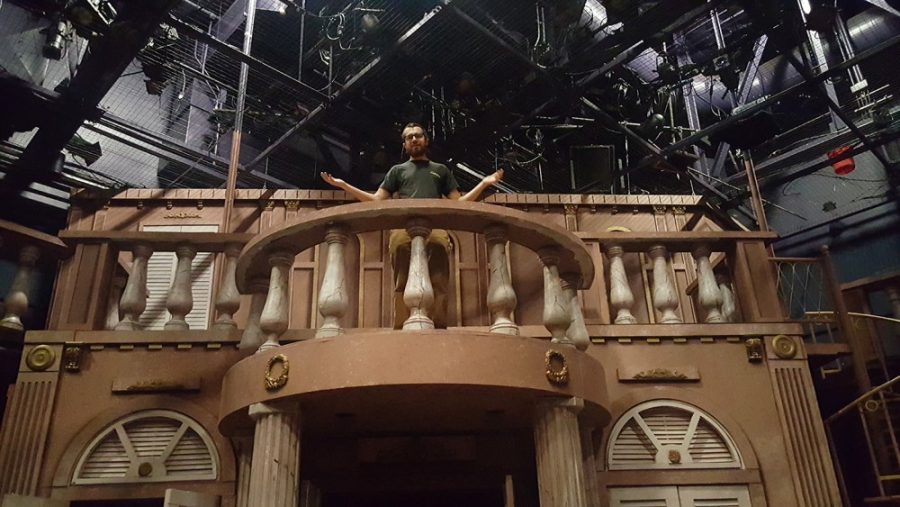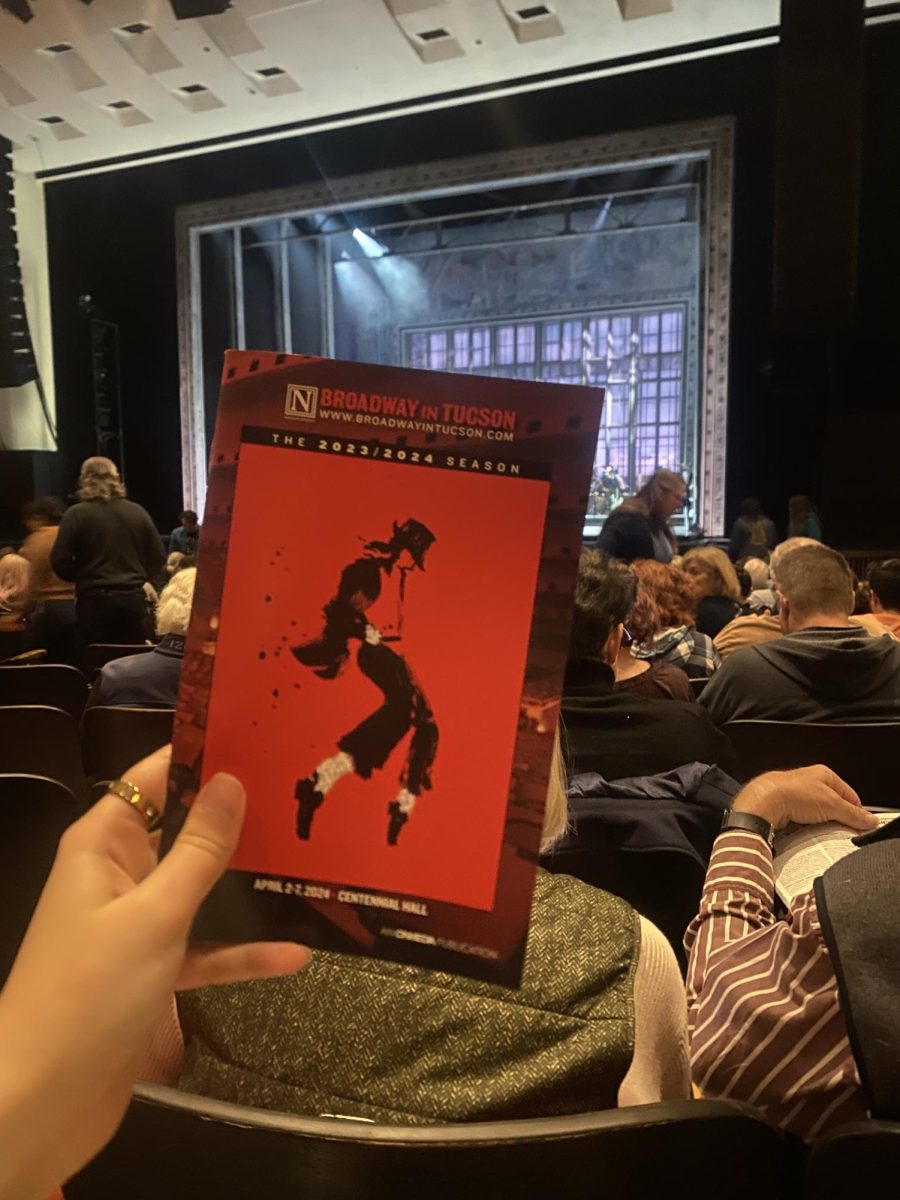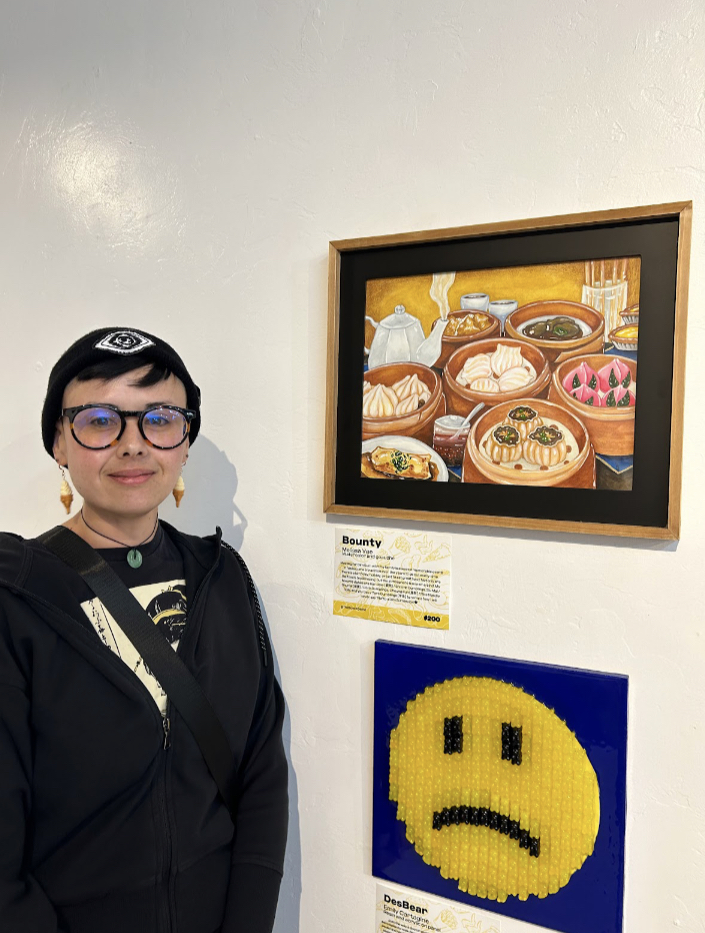The process of building and even designing a set for stage use is a highly compartmentalized affair. The process involves multiple people across several different compartments working together to create a vision of what the set will ultimately look like.
Among those who work on the sets is assistant and faculty technical director Ted Kraus at the School of Film, Theatre and Television.
“I actually don’t help design the sets so much … what my students and I do is facilitate the building of the designs,” Kraus said.
RELATED: Symposium to spotlight research in film and cinema
According to Kraus, the first steps in building a set begins with the director and the designers of the set. Once the director approves the set design, Kraus and his students can get to work on the actual building of the set.
“I start putting logistical linear things on it like money: do we have enough money in the budget to afford to build what you have drawn? Things like time, do we have enough time, are there too many tricks, what can we do,” he said.
Unfortunately things don’t always go as planned and Kraus might have to talk to the designers about making adjustments to the design.
“If we are over budget, we have a conversation about what’s most important, what can be cut, what can be altered, once we get it down into a reasonable budget then I start building it,” he said.
As the plans are being finalized and construction on the set is underway Kraus will begin to think about how to get everything together in a timely manner. All-in-all, sets take about six weeks to build and four days to install.
Kyle McGinnis, sophomore BFA in technical direction, outlines the hierarchy in the shop and talks more on how things work in the shop.
“There’s the technical director for a show,” he said. ”For example, for ‘Evita’ Ruth Richardson was the technical director and below her is the assistant technical director and below that is the master carpenter.”
McGinnis explains that it is these three key positions that have the designs and who work on the drafts for the individual set pieces. They are responsible for managing materials.
“They’ll tell you the materials that they want, the dimensions that you want and so it’s our job as carpenters to just build those things,” he said.
RELATED: ’Evita’ marks Arizona Repertory Theatre’s first musical of the semester
Once the individual set pieces are completed they are handed off for painting. It’s during the painting stage where many of the details, such as texture, get put onto the pieces before they get whisked away to become part of the set as a whole.
McGinnis says that the communication in the shop is high.
“We all know each other,” he said. “We constantly have meetings, we check in with each other, we give them build schedules so they know when to kind of roughly expect things.”
Kraus sees the scene shop, where the sets are made, as the perfect problem based learning environment for new students.
“We have a dual burden, we have to build this show, but we also have to teach our work force how to build the show,” he said.

McGinnis describes any average workday at the workshop as organized chaos—but with extra emphasis on the organization.
“But it seems kind of chaotic because there’s a lot of things going on,” he said, ”a lot of people doing a lot of things, so if you’re not doing a job you feel very out of place.”
McGinnis has little room for standing around and when people come into work, they bring their A-game.
“It’s noisy, lots of saws running all at once, there’s pneumatic guns that we have to use, its dusty,” he said.
Kraus said that the shop can get hectic but it’s not crazy. Safety is their primary concern.
“When things get too hectic people get hurt and that’s just something we don’t want to do,” he said.
Kraus stressed the importance of making sure things don’t get frantic while still getting the job done so that everyone is “still smiling at the end of the day.”
Follow Victor Herrera on Twitter.















